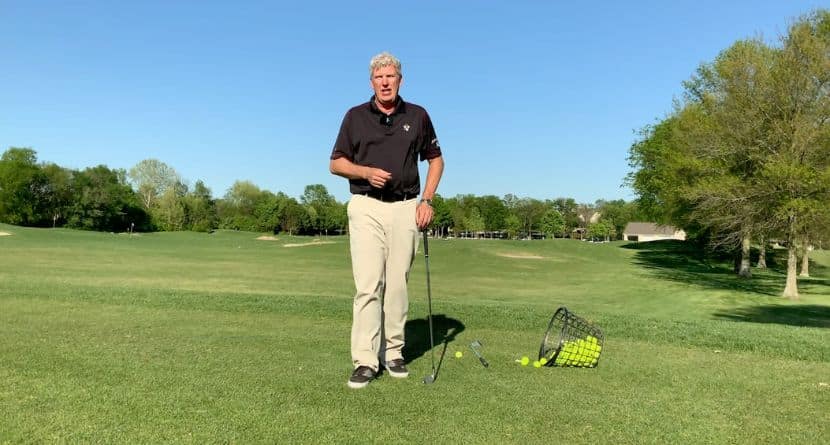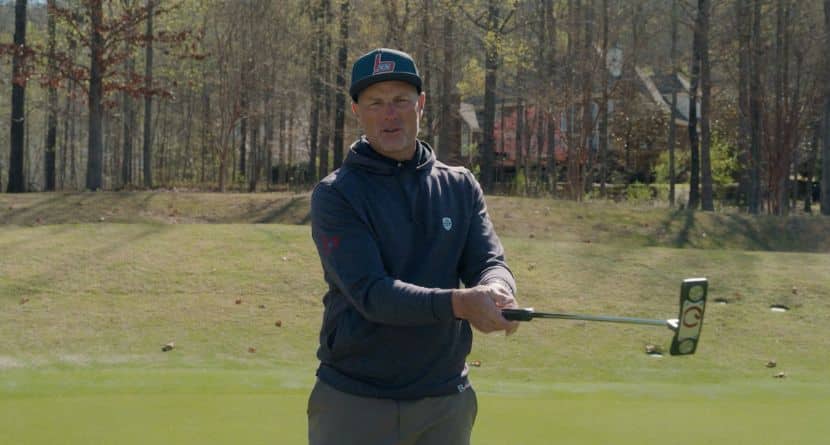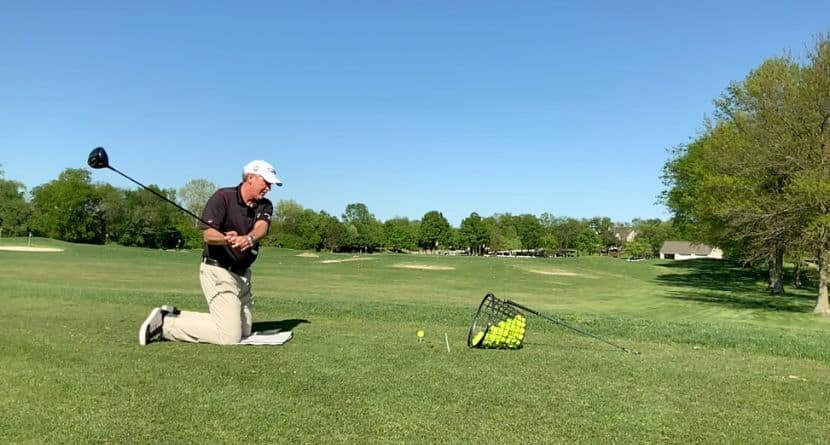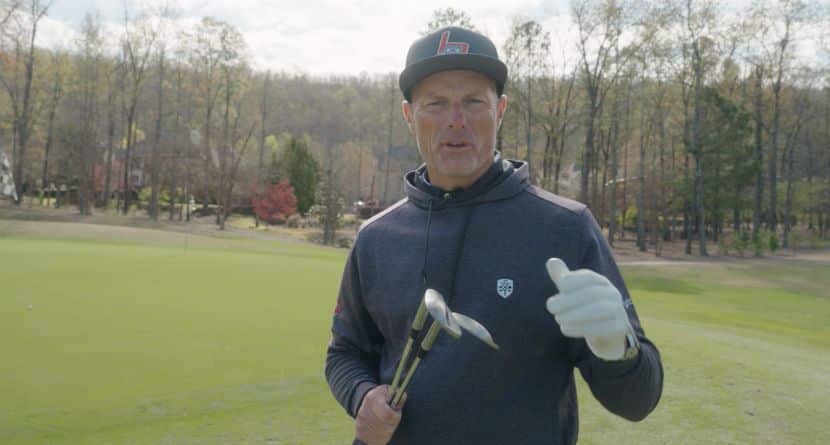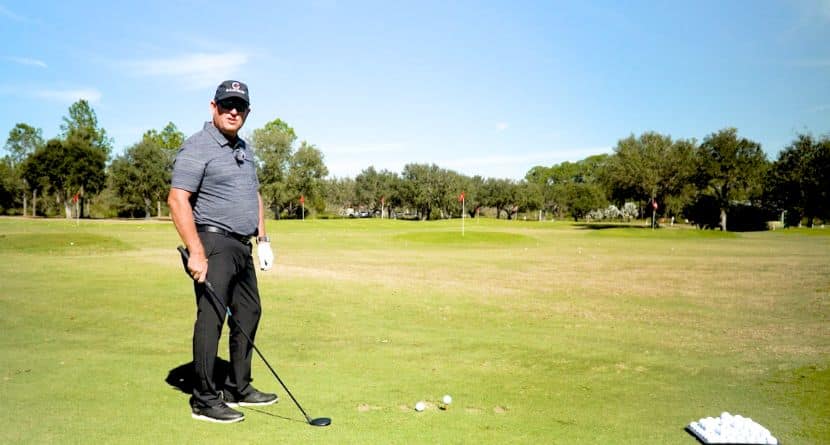There weren’t many highlights for the United States during this Ryder Cup; not even for Tiger Woods.
It was nice to see Woods split the fairway in his opening match, however. Playing in what is considered a hostile environment with a gallery wishing your ball harm can accentuate the normal first-tee nerves.
Let’s focus on how Tiger approached the shot and made the best use of any nervous energy.
Tiger starts the #RyderCup right where he wants to. ?#GoUSA pic.twitter.com/0Hr0XhTXsH
— PGA of America (@PGA) September 28, 2018
When you are facing a first tee shot that has heightened stressors — for example, the first round of your club championship — the first step is to embrace the nerves and not ignore them. Players at the highest level get nervous, but they use that to energy and direct it to become more focused and bring more awareness to a defined goal or target. This is where most amateurs fail.
Let’s play out the example of the first tee shot of the club championship. A water hazard on the left grabs your attention. It becomes the sole focus of you preshot routine and your only swing thought. The nerves increase your heart rate and one can only visualize the hazard and the ball heading that way. At the last moment you may try to override the system, and as the club swing back the thought, “don’t go in the hazard” is running through your mind. Too late. The focus and target of the opening shot is the pond.
Now, watch how Tiger handles the first tee. Even though we can never know exactly what he is thinking, we see him a few yards behind the ball rehearsing a very smooth swing and looking up at his target. He is using this time to “see” his shot, making sure to visualize his target and the ball ending up there.
This process helps block out the noisy crowd and gives the brain a defined process to follow before executing the shot. It is safe to assume Tiger will make as many rhythmic swings as he needs during his preshot routine until he has fully pictured and prepared for the shot.
The reward was a perfect shot and patented club twirl.
So next time you are facing a pressure-packed shot, have a plan to identify your target, picture the shot being perfectly executed, and do not address the ball until you are confident and ready to swing.


